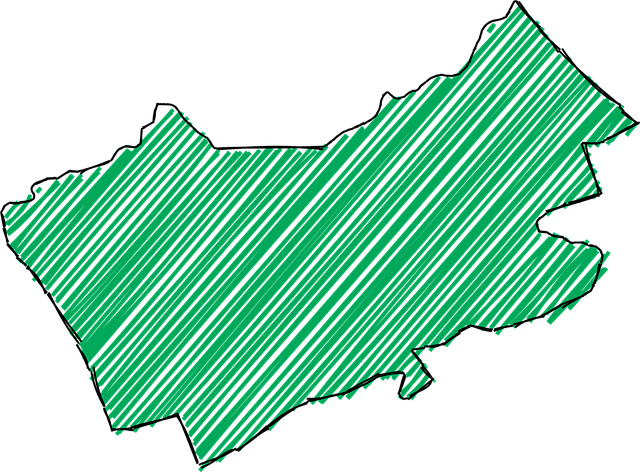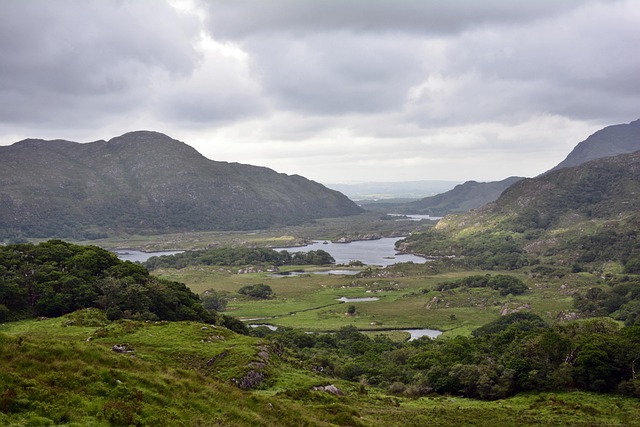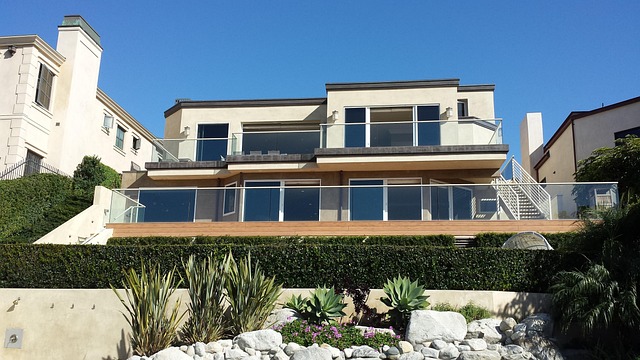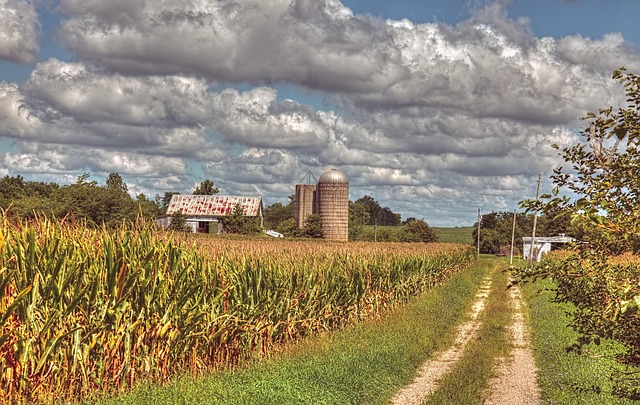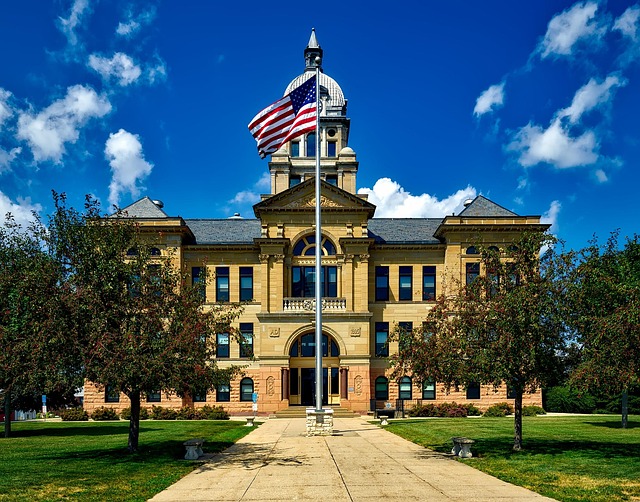In today's dynamic real estate market, understanding diverse landscape segments—urban, suburban, and rural—is key. Each segment offers unique advantages like urban vibrancy, suburban balance, or rural self-sufficiency, influencing property values, demand, and lifestyle choices. Real estate professionals guide clients through these markets, leveraging insights into local dynamics like demographic shifts and infrastructure developments for informed decisions. By analyzing micro and macro factors, investors can strategically adapt to market nuances, catering to diverse preferences with tailored amenities, from urban high-rises to rural recreational spaces.
In today’s dynamic world, the real estate landscape is undergoing a remarkable transformation as urban, suburban, and rural areas merge into a diverse blend. This phenomenon, driven by demographic shifts and changing preferences, presents both challenges and opportunities for investors and developers alike. Understanding this evolving market requires a nuanced approach, as each segment offers unique characteristics and potential. From bustling city centers to tranquil rural retreats, this article explores the intricate dance of these real estate markets and strategies to navigate their complexities.
Understanding the Diverse Landscape: Urban, Suburban, and Rural Real Estate Markets

In today’s dynamic world, understanding the diverse landscape of real estate markets is more crucial than ever. The geographic spectrum spans urban centers, vibrant and bustling suburban hubs, to tranquil rural settings. Each segment exhibits unique characteristics, influencing property values, demand patterns, and lifestyle preferences. Urban areas, characterized by towering skyscrapers and hustling streets, offer easy access to amenities, employment opportunities, and a pulsating cultural scene. Suburban markets, nestled between the city’s bustle and rural tranquility, provide a balanced lifestyle with well-maintained communities, excellent schools, and ample green spaces. Rural real estate, on the other hand, captivates nature enthusiasts with sprawling landscapes, serene environments, and opportunities for self-sufficiency.
Navigating these diverse markets requires keen insights into local dynamics, such as demographic shifts, economic trends, and infrastructure developments. Real estate professionals play a pivotal role in guiding clients through this spectrum, ensuring they find properties aligning with their aspirations and lifestyles. By understanding the unique attributes of urban, suburban, and rural areas, buyers and sellers can make informed decisions, fostering a harmonious blend that enriches communities across diverse landscapes.
The Evolving Preferences: How Demographic Shifts Shape the Blend
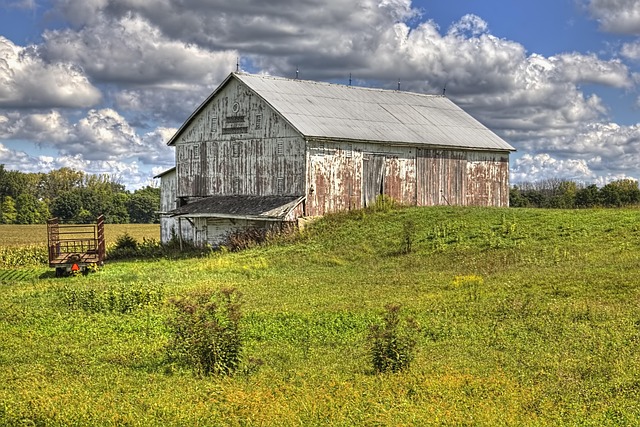
Navigating the Opportunities: Strategies for Investing in a Mixed Market Environment
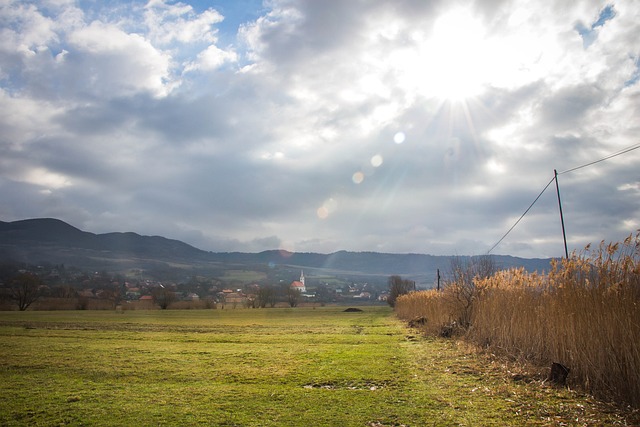
In today’s dynamic market, investors and developers are presented with a unique opportunity: navigating a diverse landscape where urban, suburban, and rural areas blend together. This mixed-market environment offers a range of opportunities for real estate ventures, requiring strategic adaptability. Understanding local nuances is key; each region possesses its own set of attractions and challenges. For instance, vibrant cities attract talent and businesses, fueling urban growth, while suburbs provide a more affordable yet connected lifestyle. Rural areas, on the other hand, offer tranquility but demand creative solutions to attract new residents and industries.
Strategic investments should consider these diverse preferences. Developers can foster a sense of community by integrating amenities that cater to different lifestyles. This might include high-rise urban apartments with easy access to public transport, suburban neighborhoods with well-maintained parks, or rural retreats offering outdoor recreational spaces. By embracing this blended approach, real estate professionals can create attractive destinations, ensuring their projects thrive in a market where variety is the spice of life.
